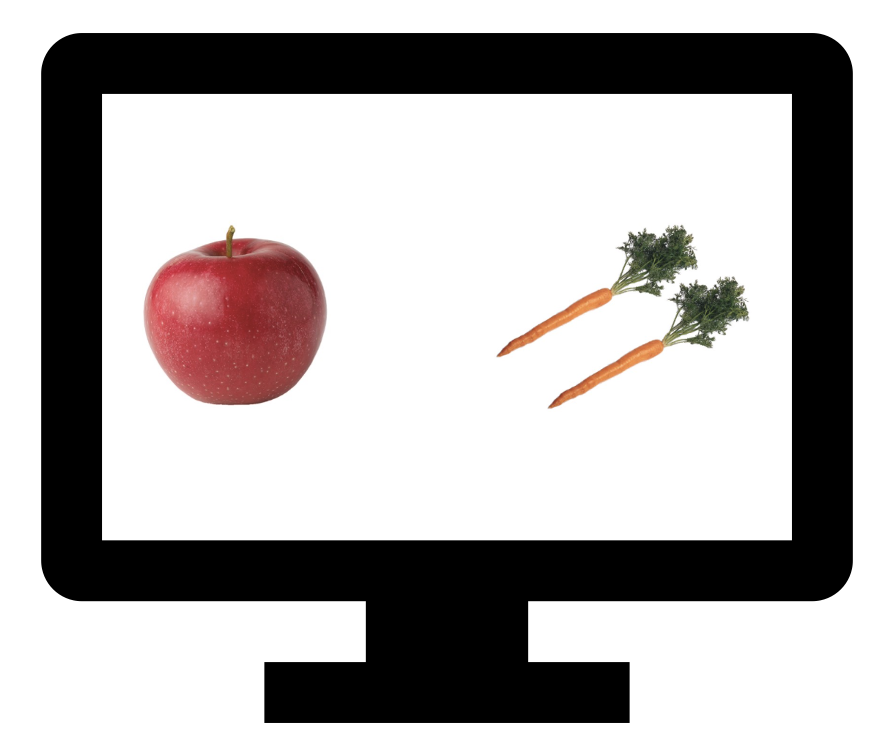What do we do at PALM?
Humans use language every day for all kinds of different tasks. And when we do, most of our attention is on what we’re trying to communicate, not on the structure of the sentences we’re using. Even so, we produce sentences according to consistent rules and understand them quickly and flexibly. This requires a massive amount of knowledge about how our languages work! How do children build up that knowledge in just a few short years? At PALM, we explore how children learn about, represent and process their languages.
Current Projects
Agreement Variation and Processing
Dr. Lukyanenko’s research on 2- and 3-year-olds’ use of English subject-verb agreement during comprehension shows that even very young children can use agreement as a clue about what might be coming next when they listen to sentences. When they hear “Where are the good cookies?” toddlers are quicker to look at the target picture, the cookies, than when they hear a sentence that doesn’t include is or are as a clue to how many things are being discussed (like “Can you find the good cookies?”).
Our current work explores how language variation influences this process: It’s very common to hear sentences like “There’s cookies in the kitchen”, where a seemingly singular verb form (’s) appears with a plural noun (cookies). Have children figured out that this happens? Do they know when it’s possible and when it isn’t? To find out, we’re tracking where English-speaking 34- to 42-month olds look while they watch a short video with sentences and matching pictures.

L2 Agreement Processing
In tandem with our child study, we are looking to know more about how adults understand sentences. Similar to the child agreement variation and processing study, we are studying the influence of cues that might let listeners determine what is coming next in the sentence. Right now, we’re looking for native speakers of Arabic to participate in a study about how bilingual adult English speakers use these cues. With three short activities on the computer, we are gathering information about where listeners look during a short video to figure out what cues they’re using and how. Our goal is to compare native adult Arabic speakers and native adult English speakers and how each process agreement.
